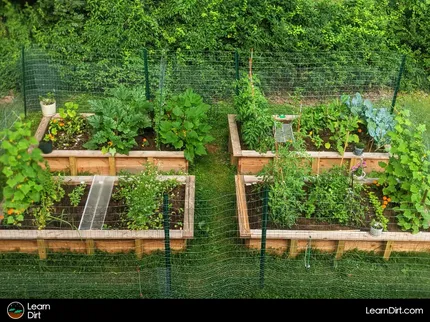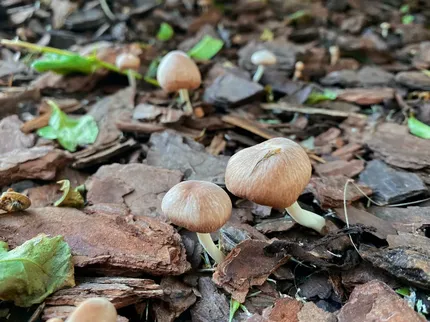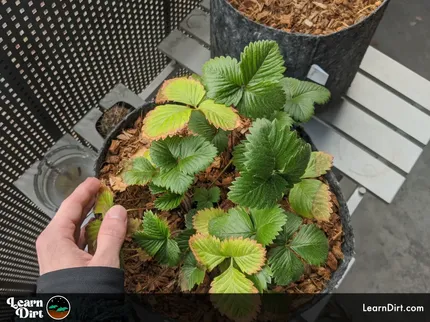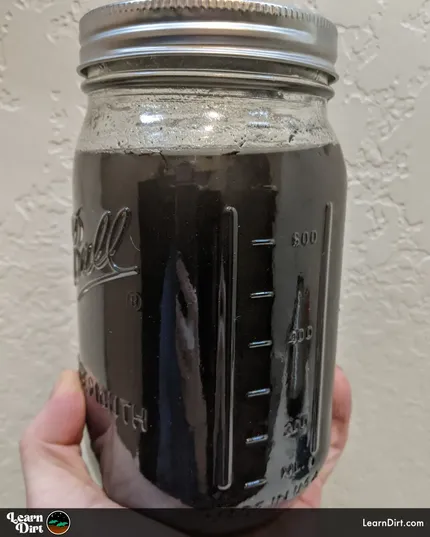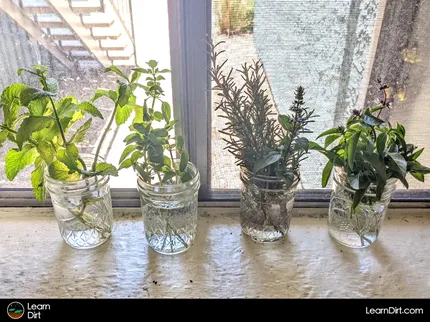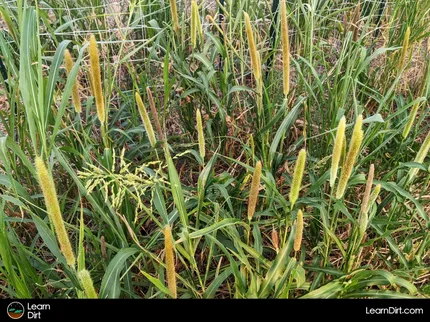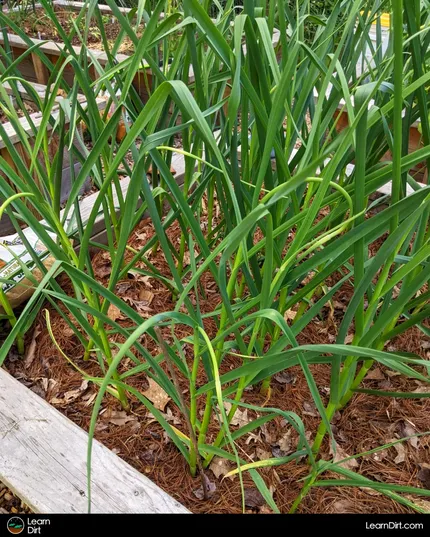Table of Contents
- Getting Started Growing From Seed
- Lights
- Germination Techniques
- Watering
- Germination Times
- Starting Seeds in Soil Blocks
* Our articles never contain AI-generated slop *
Starting plants from seed is one of the most freeing parts of gardening, as it removes reliance on the nursery and gives you full control over how your plants are raised. It also saves you an absolute TON of money once you've got it dialed in.
This is such an important pillar of permaculture and I think is especially important for market gardeners and small-scale farmers who may not have access to bulk discounted plant starts.
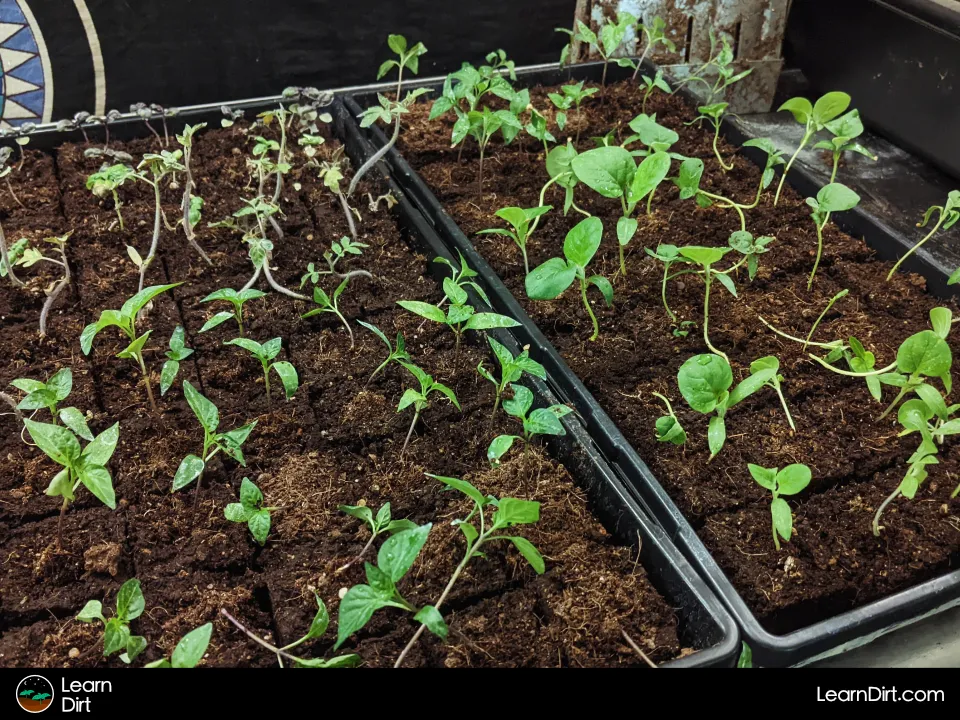
Combined with seed-saving, starting plants from seed gives you the keys to the entire lifecycle and growing process from start to finish.
Disclaimer: This post may contain affiliate links. Refer to the privacy policy for more information.
Let's jump into how to start plants from seed indoors...
Getting Started Growing From Seed
The learning curve is fairly steep. Starting a few plants from seed may be easy, but starting hundreds or thousands to power a large garden or small farm is a different task entirely. Start small, and expand your seed-starting efforts as you get the hang of it.
There will be a long period of dialing in techniques, timing, light settings, distance, shelf height, watering, humidity domes, sterilization procedures, soil-blocking, soil mixing, etc.
Once you've got your process dialed in, however, you can produce fat trays of plants and churn out flats like nobody's business.
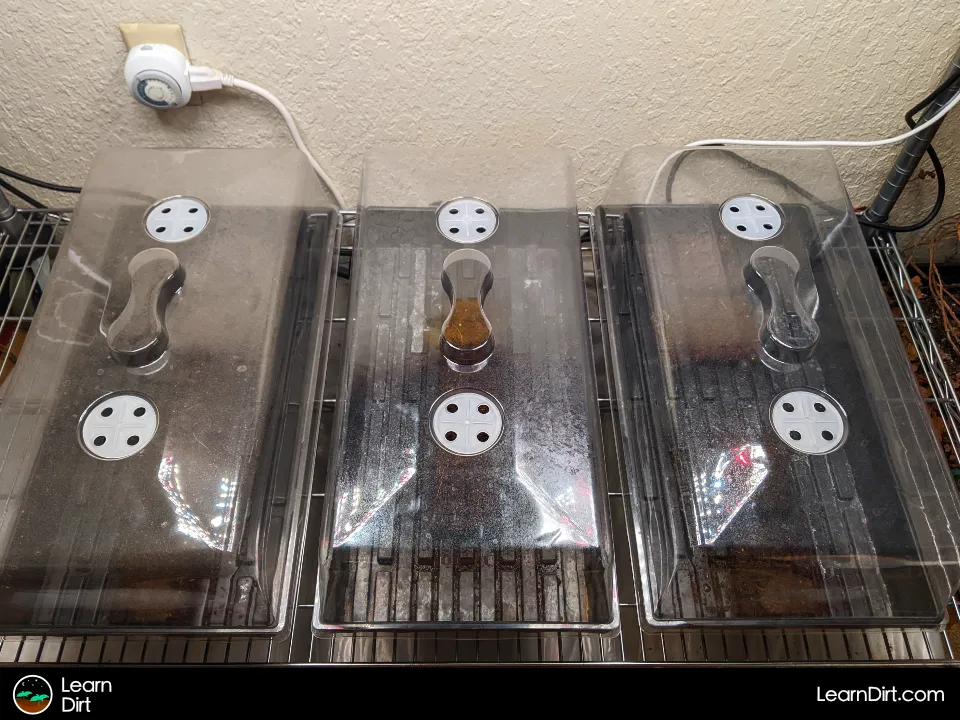
Lights
Germination Techniques
Soaking Seeds in Water
Some seeds can benefit from soaking in water for a couple days before planting, to help them germinate.
I often pre-soak seeds which are known for difficulty germinating, such as artichoke seeds.
Join The Grower's Community
Find your people.
Your voice matters here 🌱
Check It Out!
I also pre-soak seeds which are particularly expensive, such as cannabis seed, to ensure the highest possible germination rate.
Jar of Water Method
Put the seeds in a jar of water and wait until they sprout.
Bonus points here if you use filtered water, so that the chlorine / chloramines are removed.
Some gardeners find that adding 1 drop of white vinegar to the jar will help the seed husk to open, while also lowering the pH to a more seed-friendly level.
I've also had seeds get moldy while floating in the jar of water, and it's worth trying 1 drop of hydrogen peroxide (H2O2) to prevent mold from forming if you find that to be a problem.
You could also spray the seeds with hydrogen peroxide and let them sit for a few minutes before going into the jar of water, to kill any spores and bacteria so they don't take hold
Paper Towel Method
Fold your seeds into a paper towel, and thoroughly wet the paper towel
Put the wet paper towel into a ziploc bag, checking daily for germination.
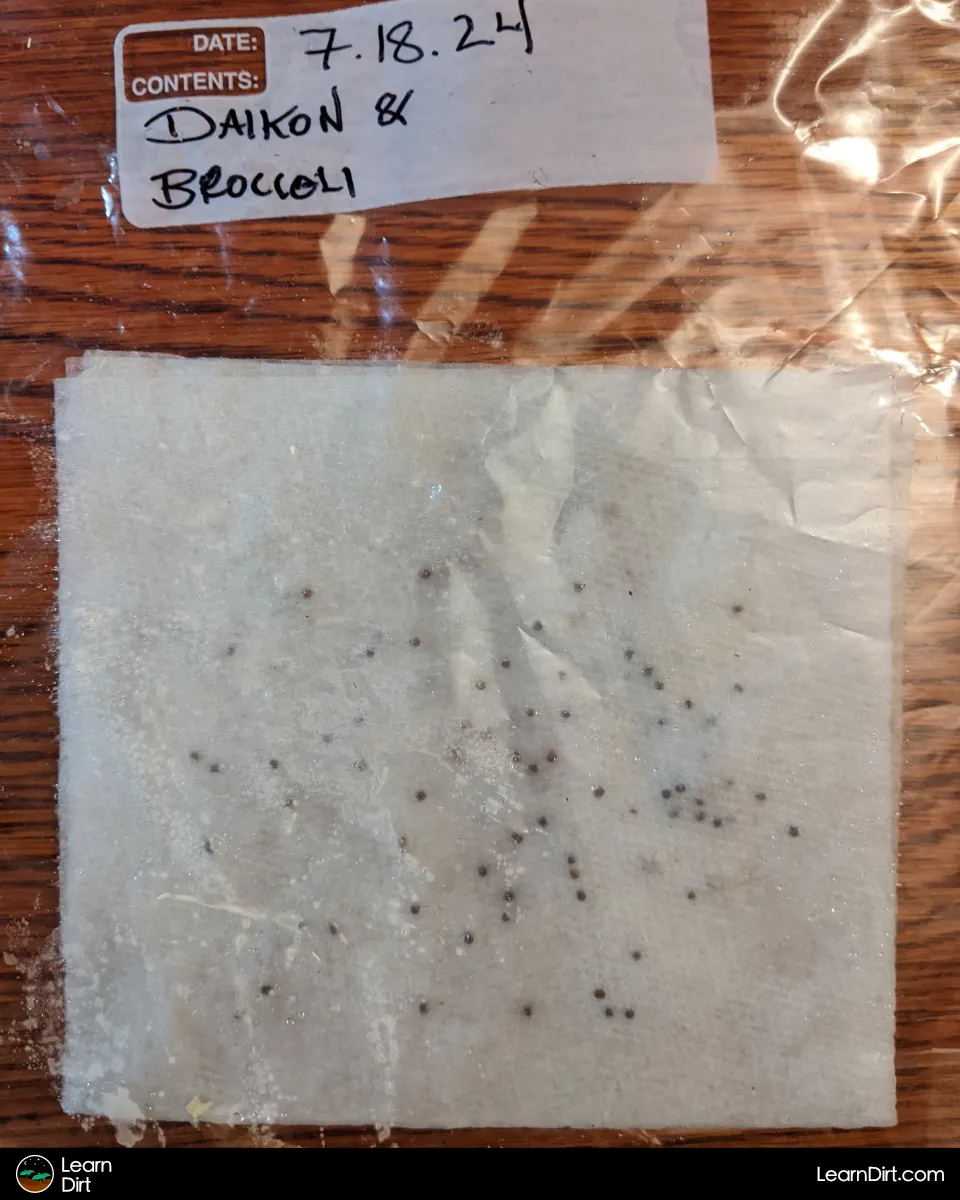
As with the jar of water method, bonus points for using filtered water here.
Seed Scarification
Some seeds benefit from scarification to help them germinate.
This looks like scratching seeds, roughing them up with sandpaper, or clipping the end off with nail clippers.
Check if the seed species you're trying to germinate will benefit from this method, as it can be time-consuming for large seed quantities.
With difficult seeds, though, this can really be worth it to increase germination success rate and decrease germination time.
Cold Stratification For Seeds
Also known as vernalization, some seeds require a prolonged cold period below 45F (7.2C) in order to trigger germination.
Cold stratification simulates a winter spent outside for seeds, which can signal to the seed that spring is here.
Refrigeration works great to simulate vernalization for your seeds, but remember that the best method for cold stratification is to get your seeds out in autumn. This allows them go through the cold of winter naturally, and sprout in spring when temperatures warm.
Watering
Germination Times
Different species have different germination times which you'll need to take into account.
I find germination times to be a great reference for which seedlings I can start in the same tray or cell pack. Don't put seeds together with vastly different germination times, or you'll end up with poor germination. Instead, fill each tray or cell pack with seeds that take roughly the same number of days to germinate and save yourself a lot of trouble.
For a full list of germination times for various species, refer to this guide.
Starting Seeds in Soil Blocks
Seed-starting is especially effecting when combined with soil-blocking.
Dig Cool Merch?
Soil-blocking lets you churn out more starts, faster, with less plastic and less hydrogen peroxide or other sanitizer. It means no cleaning cell-packs, which saves a ton of time.
Once you beat the steep learning curve you'll be crushing the seedling game like nobody's business. Hell, maybe you'll even enjoy starting seedlings so much and dial in your process so well you'll decide to make a business out of selling starts!
That's all for now, thanks for reading!
If you have any questions, comments, or would like to connect with fellow gardeners, head on over to the forum and post there.








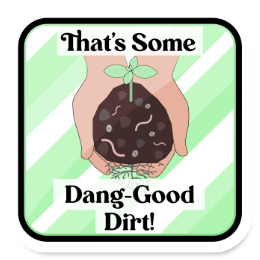

![Black Dirt Live Again [Blue]](/media/product_images/black-dirt-live-again-[blue]_sticker_260x260.png)
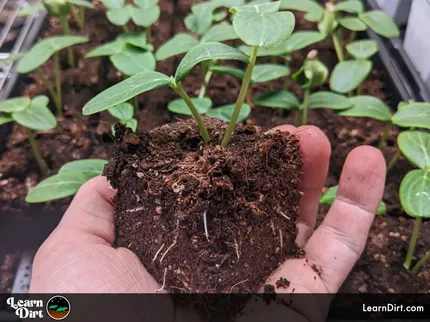
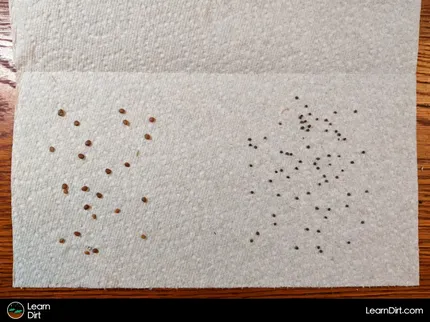
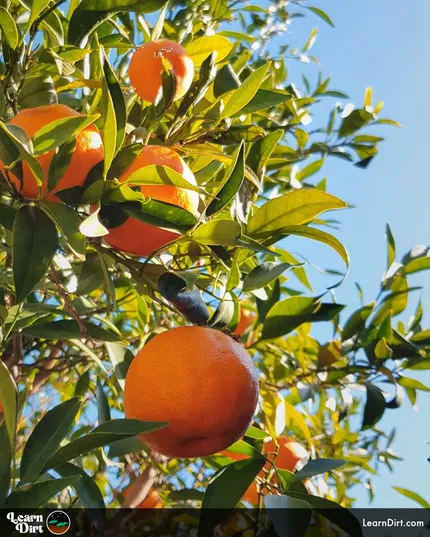
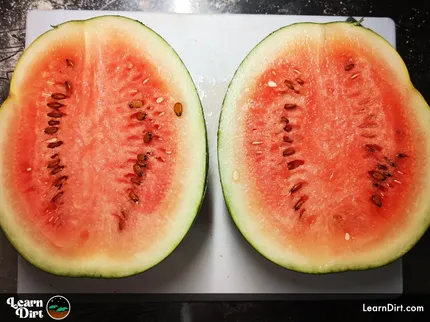

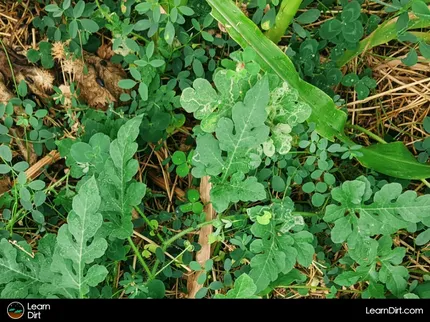
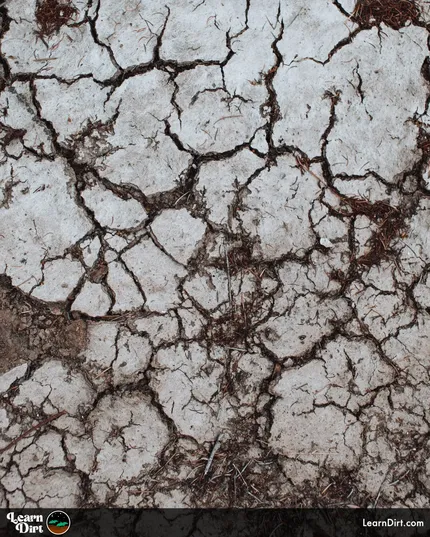
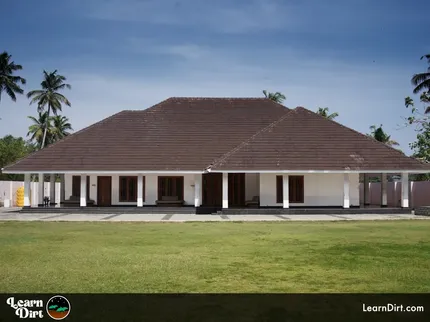
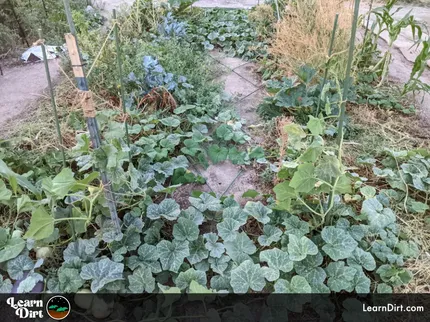
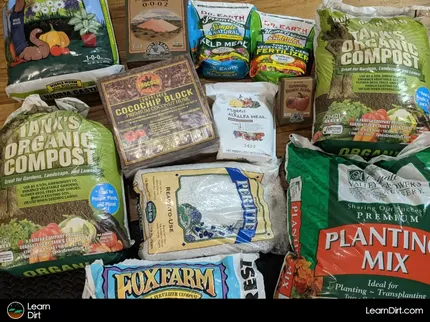
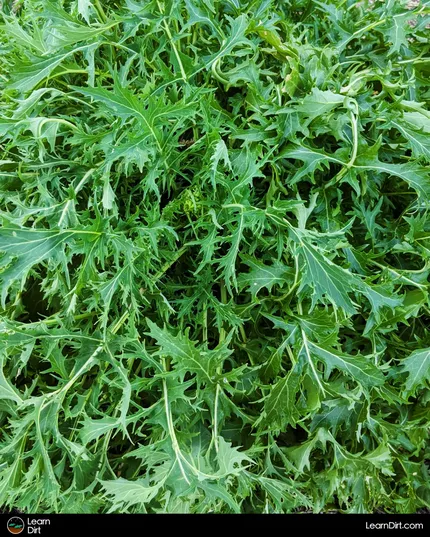
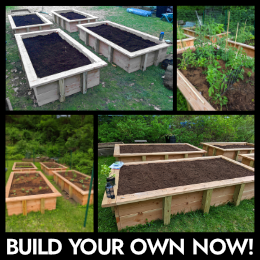

![Black Dirt Live Again [Green] Sticker](/media/product_images/black-dirt-live-again-[green]_sticker_260x260.png)
